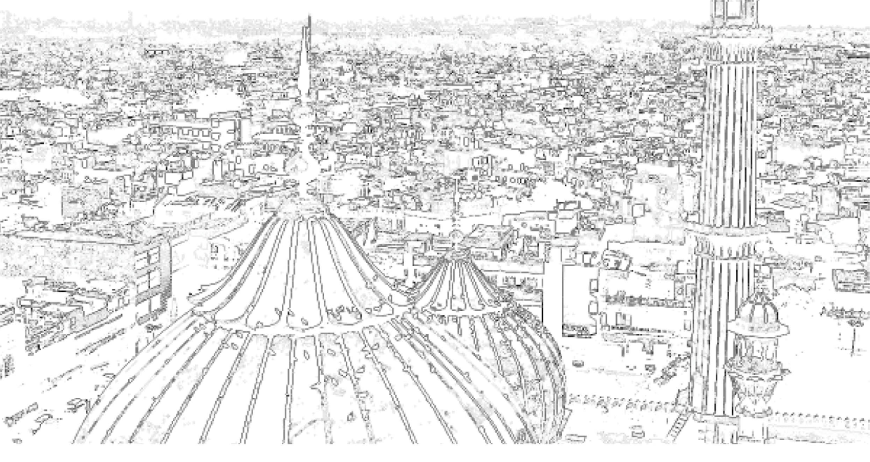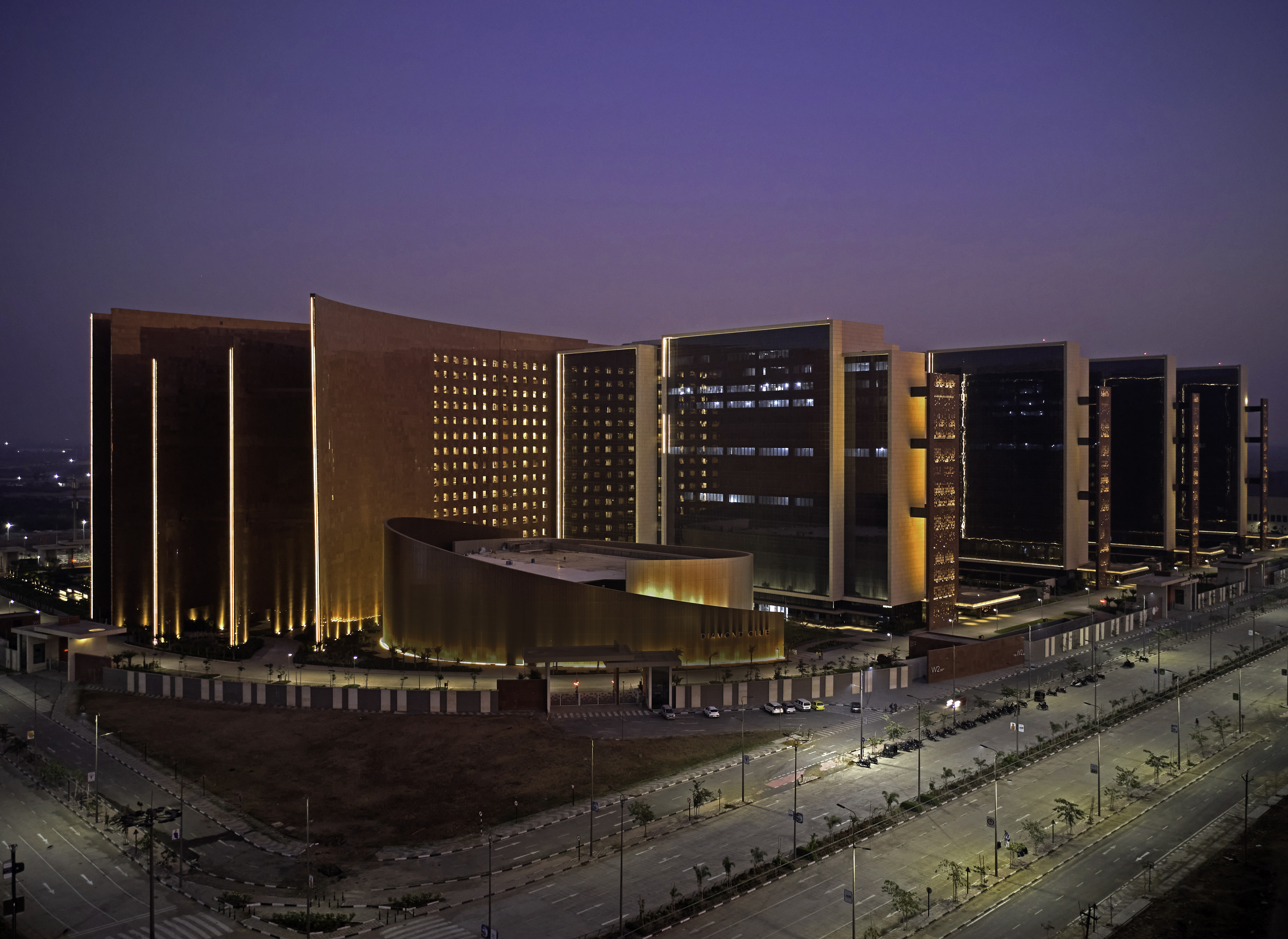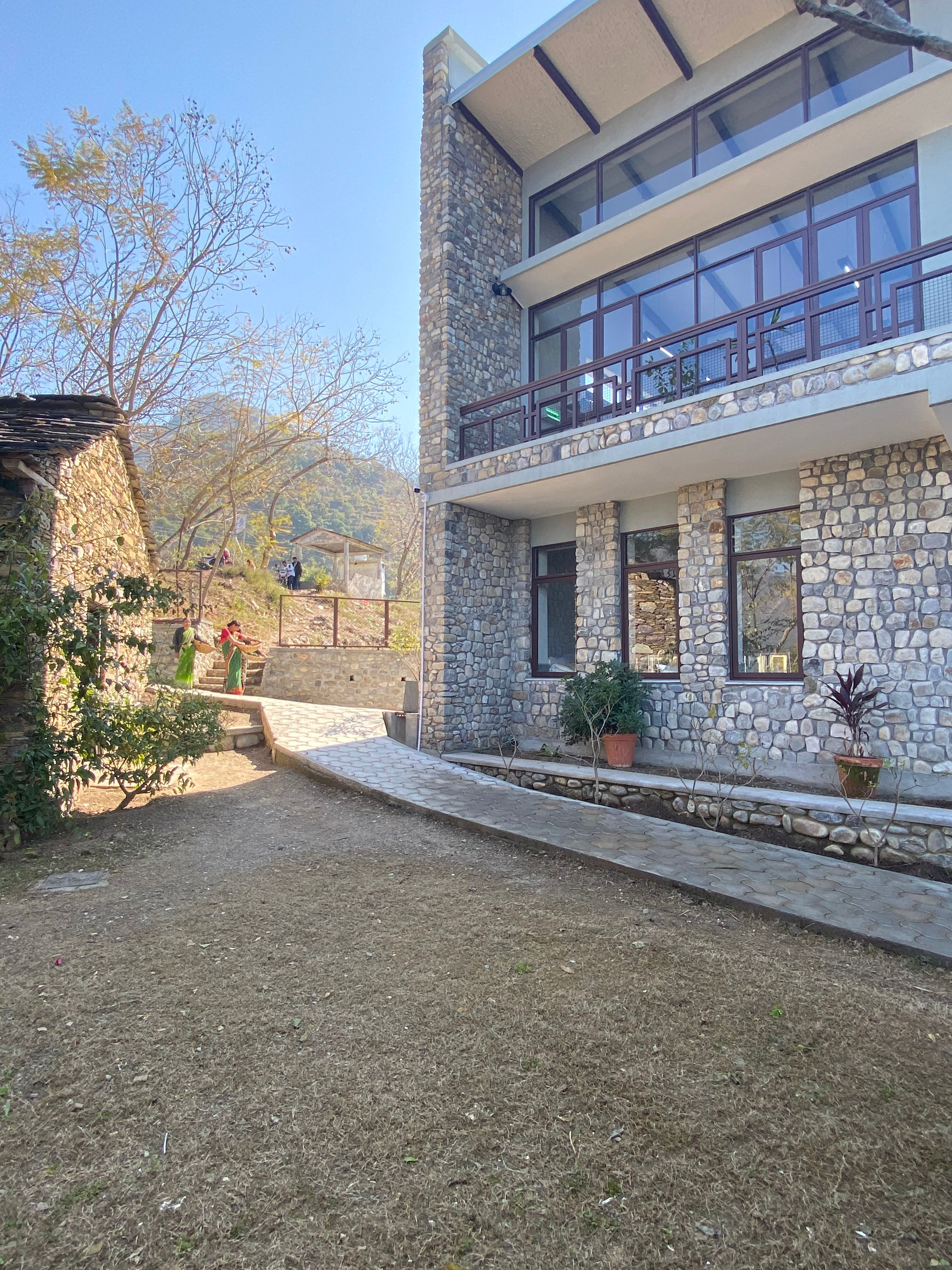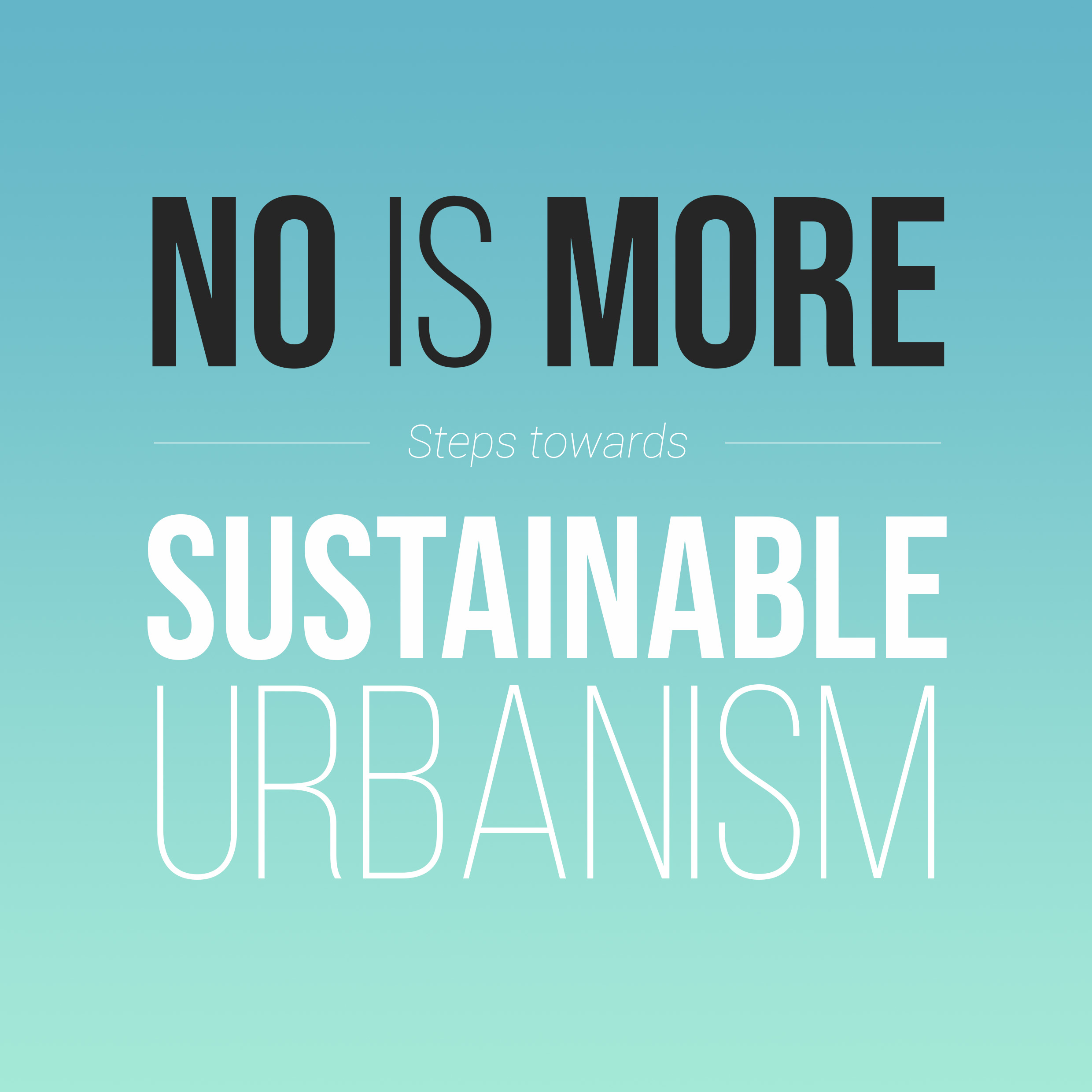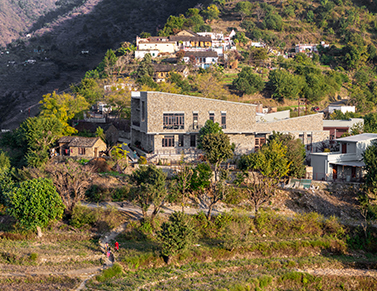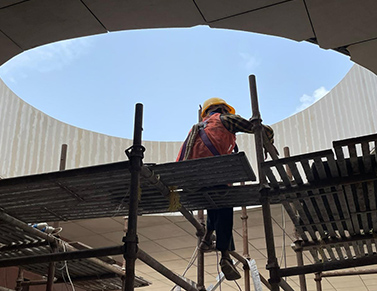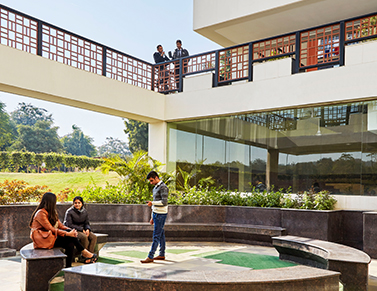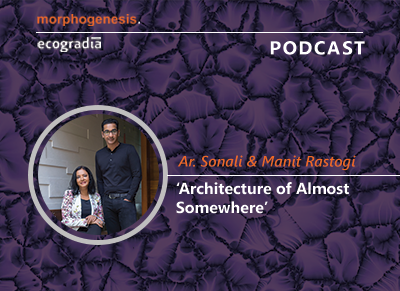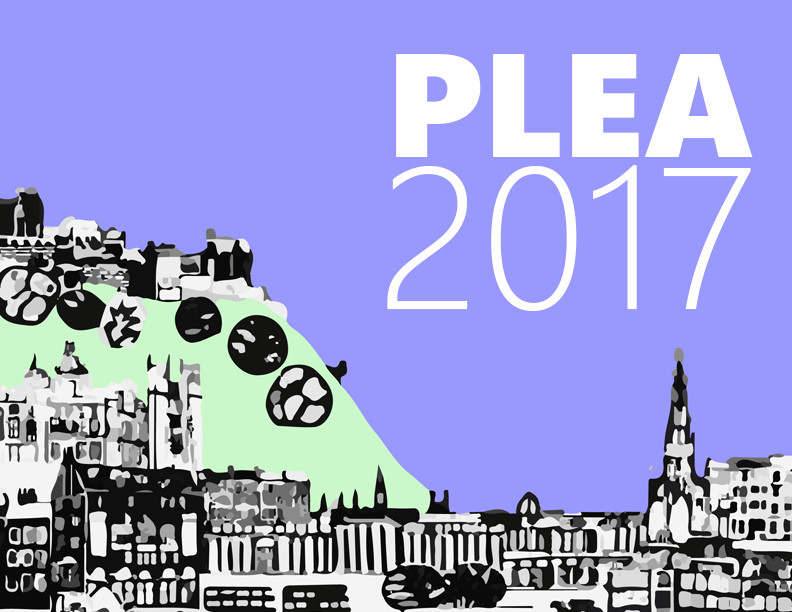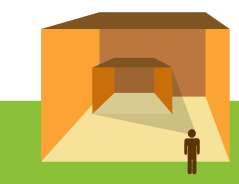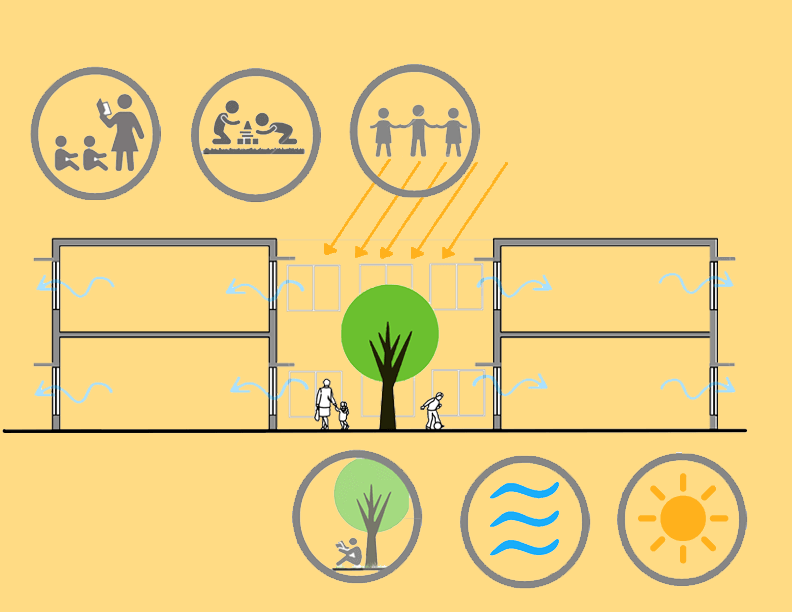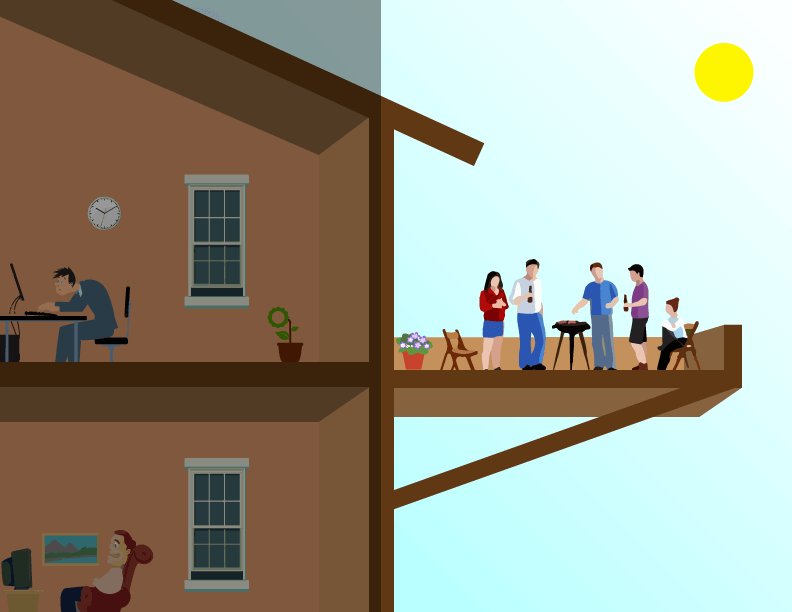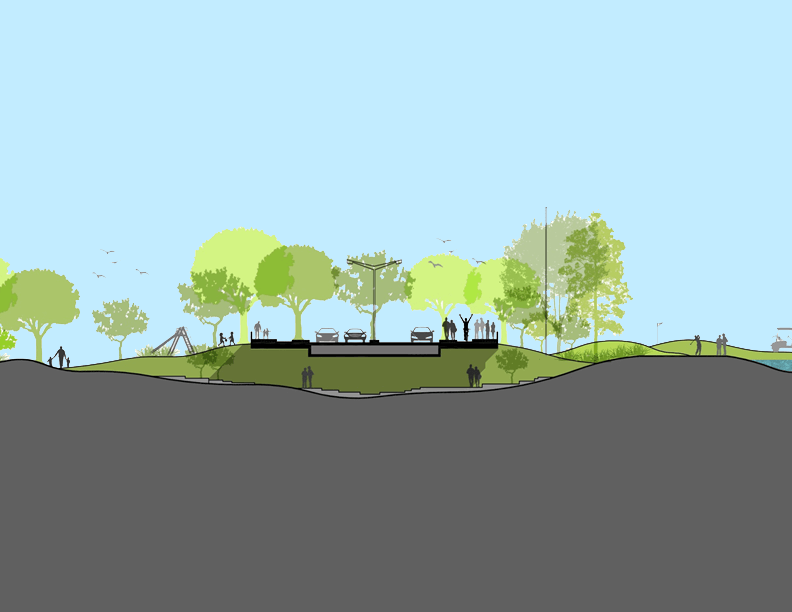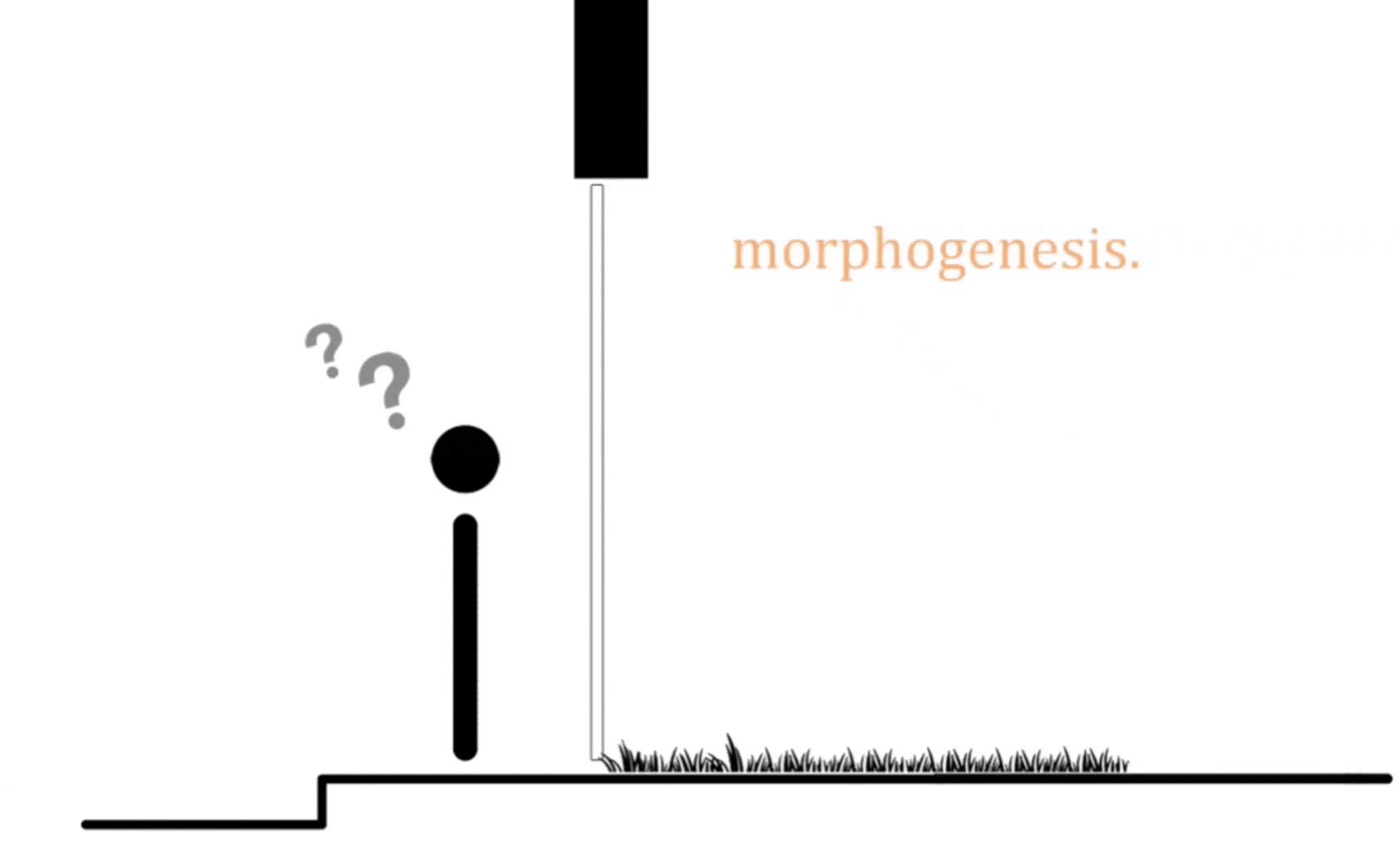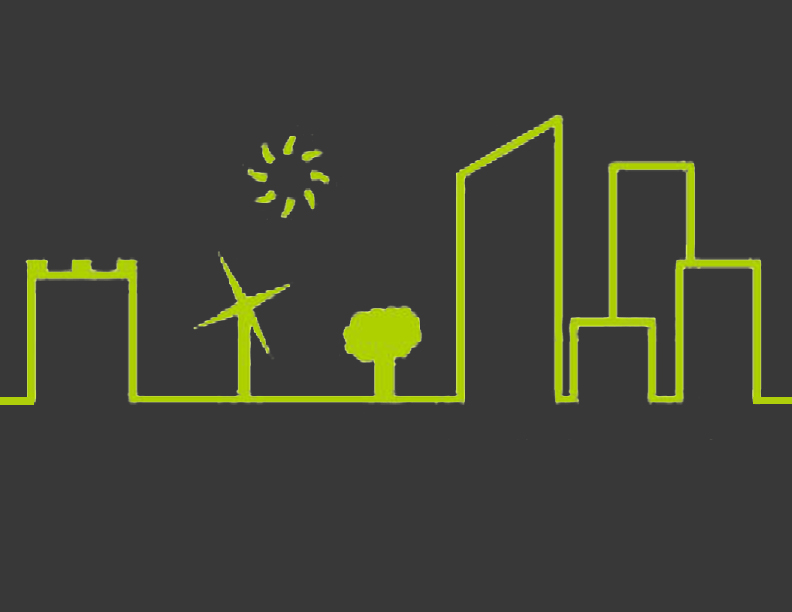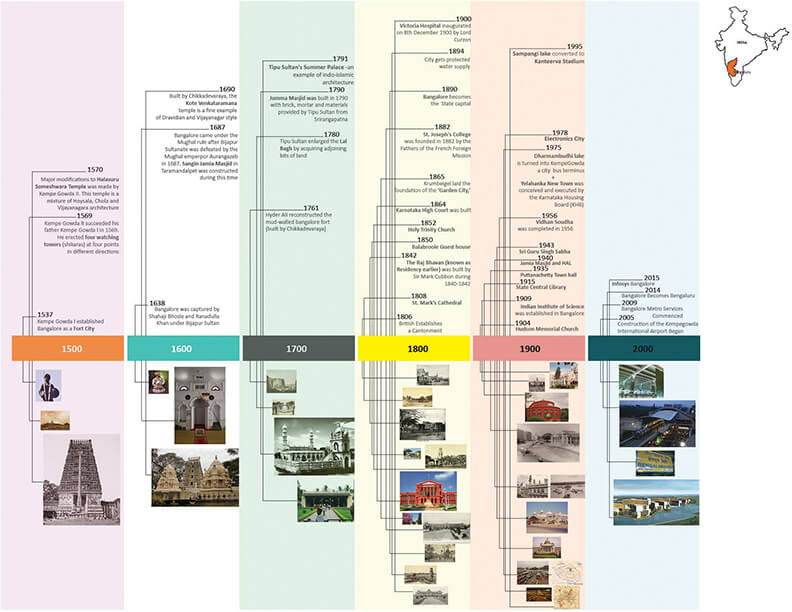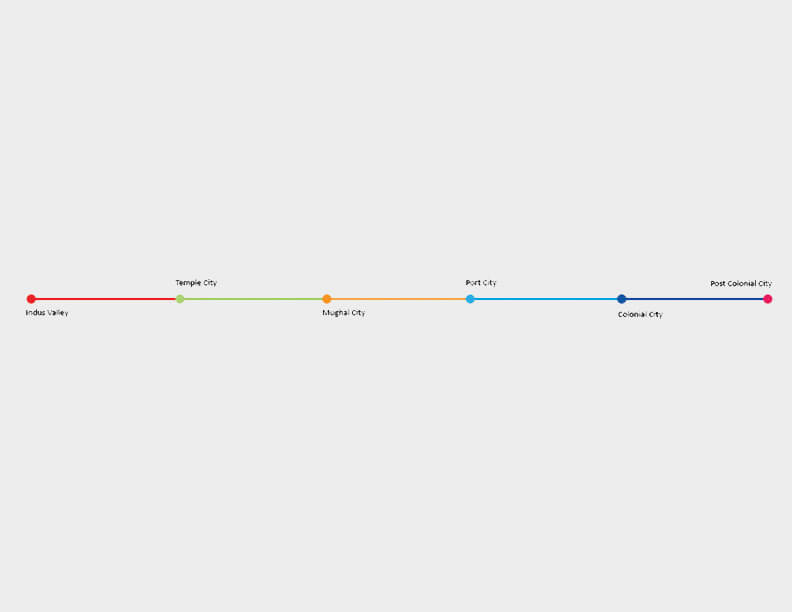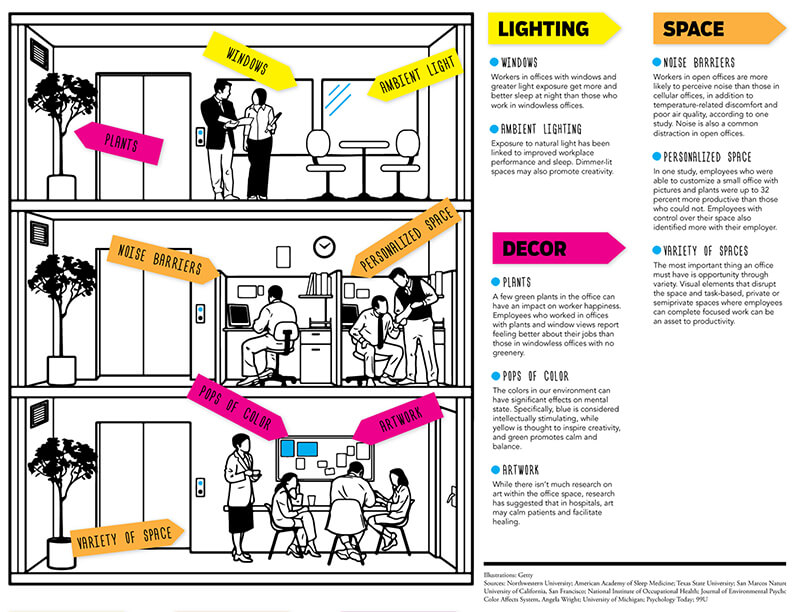Place influences architecture and in return, architecture influences how we remember a specific “place.” An image of Paris evokes a certain kind of architectural memory that is completely different than one instigated by an image of New York, Tokyo, Mumbai or anywhere else for that matter. Memorable architecture stems from the place it sits in, relates to its surroundings in an organic manner and subsequently locks itself in the very “genius loci” of that place in our memory.
When one thinks of Delhi, the instant architectural memory that surfaces one’s mind is one full of haphazard house types ranging from extremely wealthy bungalows of Lutyens’ Delhi to very indigenous bazaar-based complex settlements of East Delhi. One wonders what role does Architecture in Delhi have played or continue to assume in deciding the landscape of this ever changing city.
Delhi has been many cities. It has been a Temple city, a Mughal city, a Colonial and a Post-Colonial city. It prides itself as a city that serves as the testimonial of various period pieces. Its architectural heritage, along with multiple other elements of culture, is a visual evidence of its multifaceted characters. How do today’s leading architects respond to this nature of complexity of the landscape they are working in?
There are clear instances where some architects have tried to capitalize on the vocabulary of past architectural styles prevalent around Delhi. There are enough buildings in Delhi that use one or more elements of the Mughal architecture, enough that are being built keeping the bungalow style in mind and enough that reflect the Hindu architectural influence in the construction. Recycling the past is easy but to redefine elements from a different time to suit the need of today is where the challenge lies. Thus the task for architects that operate on such a complex and rich landscape lies in finding a way to tie different characters and styles of a place together in a way that best represents what the city currently stands for.
m.blog
Tags
close

